Last updated on October 21, 2013 by Liza Hawkins
This is the third in a series of monthly guest blog posts by Josie & Shawn from Truffula Seed Produce. Enjoy! -Liza
Fall vegetables are some of the best (which is probably why Thanksgiving has some of the best side dishes imaginable!). We do our best to eat seasonally, and it really helps that we grow most of our own food.
Fall is extra nice because the food seems to be abundant and the work has slowed down, so that means extra time to enjoy all our delicious fall veggies.
Here is a list of the fall vegetables we grow:
Greens: Celery, Chard, Kale, Lettuce, Mustard Greens, Spinach
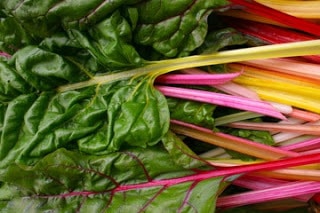 |
Cole Crops: Broccoli, Brussels Sprouts, Cabbage
 |
Legumes: Peas (Anything but fresh peas are not peas, trust me.)
 |
Roots: Beets, Carrots, Radishes, Turnips
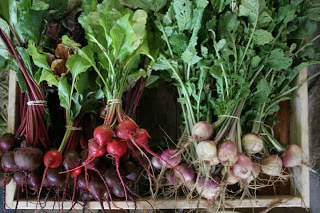 |
Tubers: Potatoes, Sweet Potatoes
 |
Herbs: Chives, Dill, Mint, Parsley, Sage, Thyme
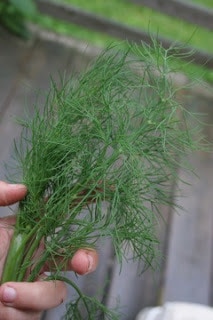 |
Winter Squash: Acorn, Butternut, Pie Pumpkins
You can find a lot of other other fun veggies when the cooler weather comes like bok choi, collard greens, celeriac, kohlrabi, parsnips, buttercup squash, and so many more!
Why do some crops love the fall season?
Most fall crops are grown during the fall season because they prefer cooler weather. For example, spinach seeds germinate better the colder it gets (before freezing). It also tastes sweeter once it’s been through a hard frost. The same goes for carrots and turnips and some of the other fall crops. Some farmers plant their carrots in the fall and wait to harvest them until the spring – after sitting in the ground and freezing over the winter they taste sweeter than you can imagine!
As for cooking your fall vegetables, we give you one word: simple.
We have tried so many recipes for cooking all kinds of veggies, and while many of them are very good, none of them are as good as our simplest recipes.
Recipes using fall veggies!
Greens: This recipe works for any cooking greens.
In a large pan, sautee minced onion and garlic in olive oil for 2 minutes over medium heat. Add chopped greens (with stems for chard and spinach, without for all others) and sautee until wilted. Add ½ cup of water and cover. Steam until tender, stirring occasionally. Add salt and pepper to taste.
Roots: This recipe can be used with one type of root or you can mix them all together!
Chop off the greens if present, (and don’t forget to eat your beet and turnip leaves! Cook them with the instructions above). Peel and slice thickly. Toss in olive oil, salt and pepper on a sheet pan. Roast at 400 degrees for about 20 minutes, turning occasionally. They are done when the outside is slightly brown and they are tender all the way through.
Winter Squash:
Cut in half and drizzle with olive oil. Sprinkle with salt and pepper. Bake at 350 degrees until tender all the way through.
For a sweeter dish, sprinkle with brown sugar or maple syrup before baking.
You can also cube the squash and cook it like the root veggies, with or without sugar or syrup.
Roasted beets are like candy – if you have only ever had pickled beets you can’t even compare them. Greens cooked with our simple recipe turn out flavorful and tender, never bitter. Give these recipes a try and you will find yourself craving vegetables that you never even thought you liked!
– Josie
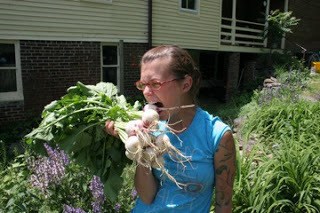

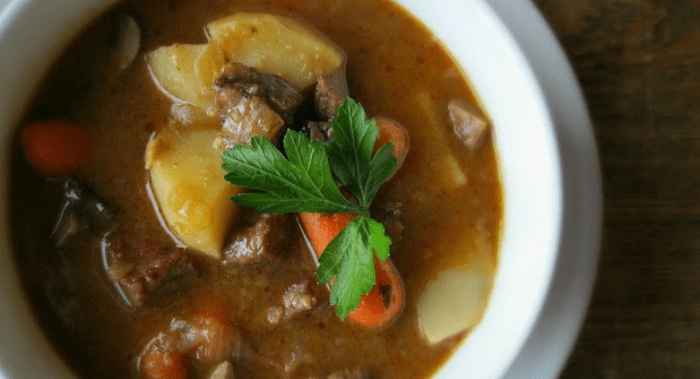
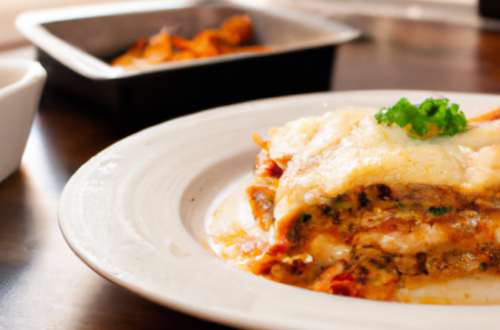
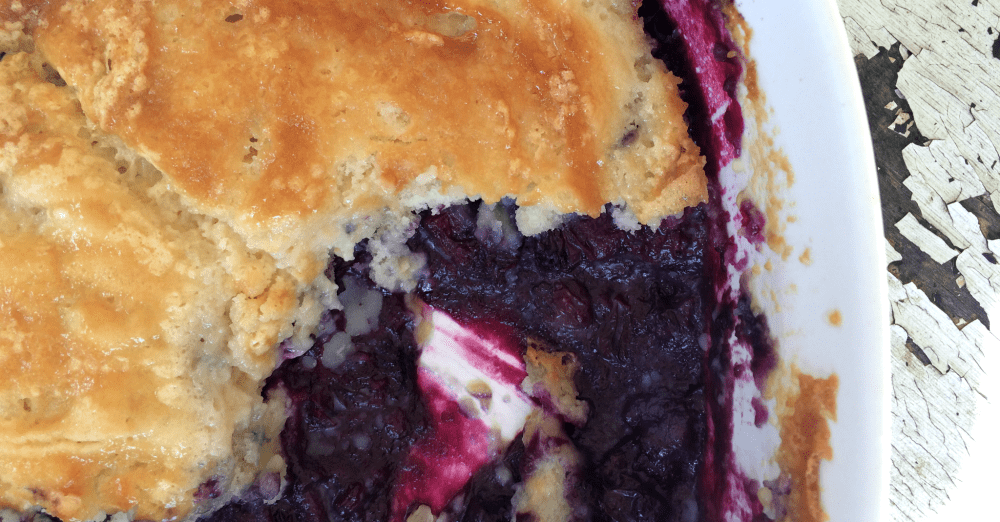
My cousin recommended this blog and she was totally right keep up the fantastic work!
Awesome! Glad to have you reading. 🙂